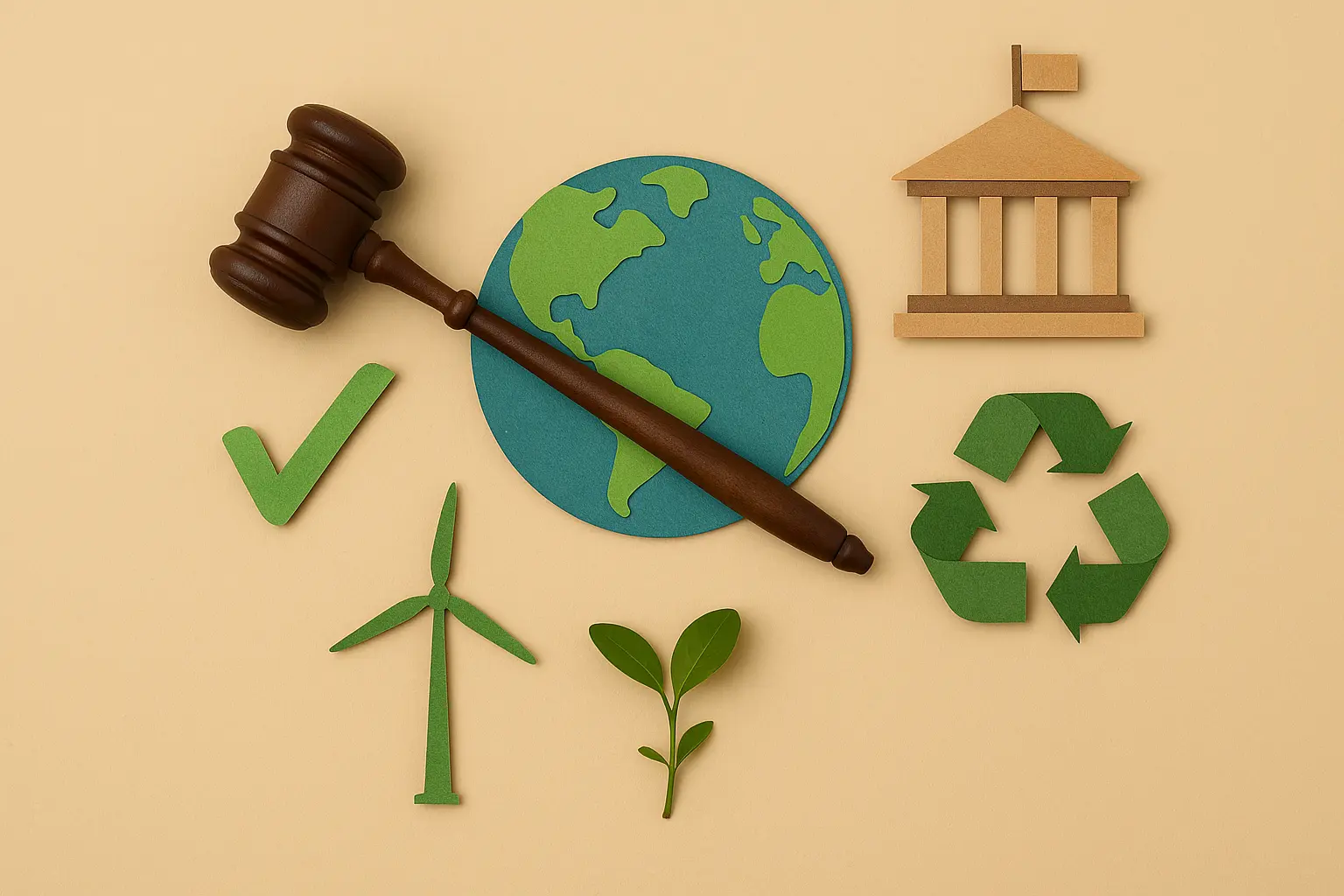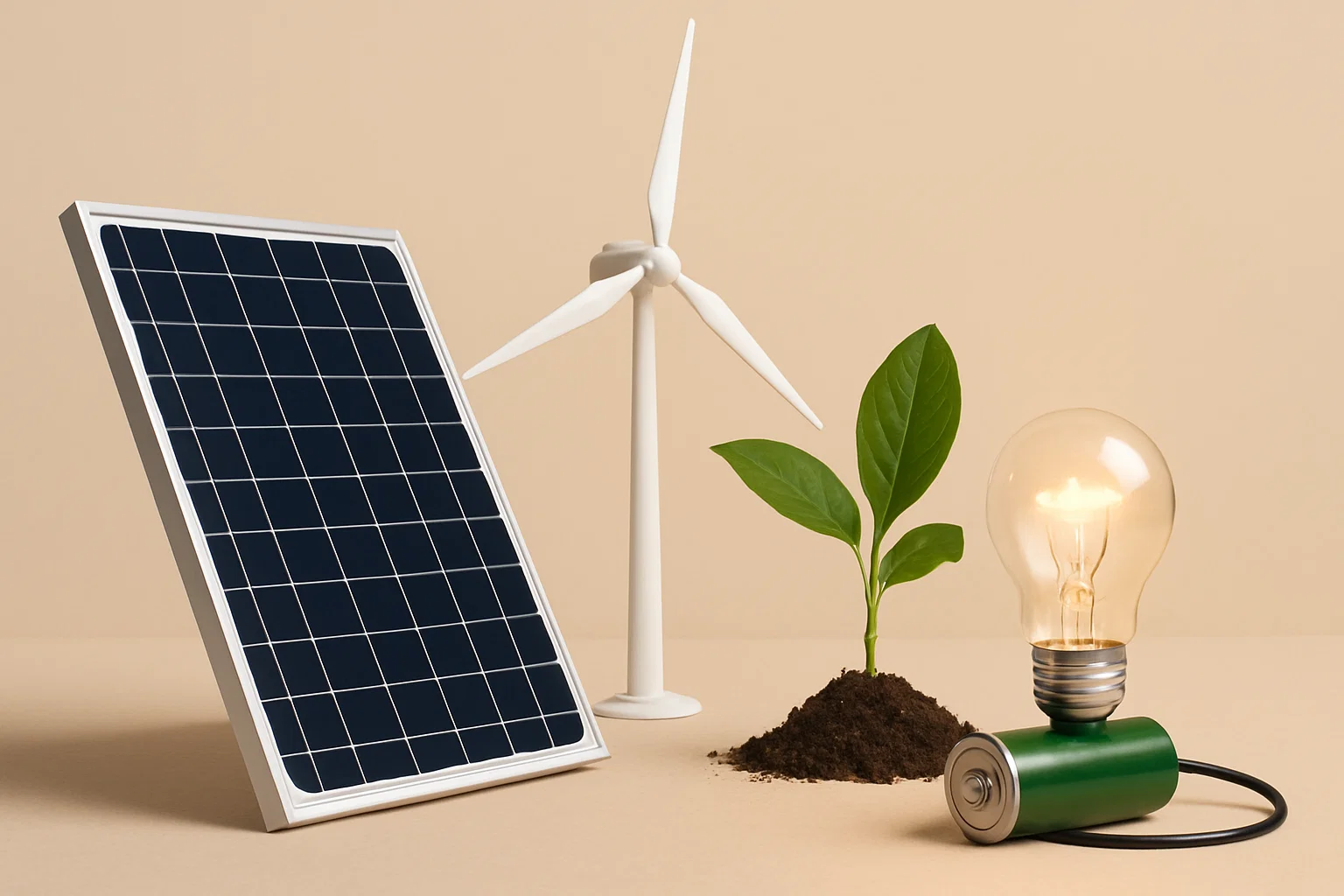The Promise and the Peril: Unpacking the Complex World of Carbon Offsets

In our collective pursuit of a more sustainable future, the concept of carbon offsetting has gained significant traction. From airline tickets to online purchases, we are increasingly offered the opportunity to "neutralize" our carbon footprint by investing in projects that reduce or remove greenhouse gas emissions elsewhere. The allure is clear: a seemingly straightforward way to address our environmental impact without drastically altering our lifestyles.
However, the world of carbon offsets is far from simple. Understanding their efficacy, the nuances of different offset projects, and the potential pitfalls is crucial for anyone seeking to make truly meaningful contributions to climate action. This exploration delves deep into the complex landscape of carbon offsets, examining their mechanisms, evaluating their effectiveness, and providing insights into how to navigate this often-debated tool in a sustainable way. Our objective is to thoroughly educate you on the intricacies of carbon offsetting, encouraging and inspiring you to approach this mechanism with informed discernment and a critical understanding of its potential and limitations.
The Mechanism of Carbon Offsetting: Balancing the Scales?
At its core, carbon offsetting operates on the principle of compensation. When an individual, organization, or activity generates greenhouse gas emissions that cannot be immediately avoided or reduced, they can purchase carbon credits equivalent to those emissions. These credits are then invested in projects that are designed to either reduce future emissions or remove existing carbon dioxide from the atmosphere.
These projects can take various forms, including:
- Renewable Energy Projects: Investing in the development and operation of solar, wind, or hydroelectric power plants, thereby displacing electricity generation from fossil fuels.
- Forestry and Afforestation Projects: Planting new trees (afforestation) or managing existing forests sustainably to enhance carbon sequestration (the process of removing carbon dioxide from the atmosphere and storing it in biomass and soil). These projects can also include preventing deforestation.
- Energy Efficiency Projects: Supporting initiatives that improve energy efficiency in buildings, industries, or transportation, leading to reduced energy consumption and associated emissions.
- Methane Capture Projects: Capturing methane, a potent greenhouse gas, from sources like landfills or agricultural operations and converting it into less harmful substances or using it as an energy source.
- Direct Air Capture (DAC) and Carbon Storage: Developing and deploying technologies that directly remove carbon dioxide from the atmosphere and store it permanently underground.
The idea is that the emissions avoided or removed by these projects effectively "offset" the emissions generated elsewhere, leading to a net-zero impact. However, the reality is often more nuanced.
The Critical Lens: Evaluating the Effectiveness of Carbon Offsets
While the concept of carbon offsetting holds promise, its effectiveness hinges on several critical factors that are often subject to scrutiny and debate:
- Additionality: A key principle of credible carbon offsets is additionality. This means that the emission reductions or removals achieved by the project would not have occurred without the revenue generated from the sale of carbon credits. Proving additionality can be challenging, as some projects might have been financially viable or legally required anyway.
- Permanence: For carbon removal projects, particularly forestry-based offsets, the permanence of the carbon storage is crucial. Forests can be susceptible to wildfires, diseases, or unsustainable logging practices, releasing the stored carbon back into the atmosphere. Ensuring long-term carbon sequestration requires robust monitoring and management.
- Leakage: Leakage refers to the unintended increase in emissions outside the project boundary as a result of the offset project. For example, protecting a forest in one area might lead to increased logging in another unprotected area.
- Measurement and Verification: Accurate and transparent measurement and verification of the emission reductions or removals achieved by offset projects are essential for their credibility. This often involves independent third-party certification using recognized standards.
- Timeliness: The impact of offsetting relies on the idea that emissions today are counterbalanced by reductions or removals happening concurrently. However, some offset projects, like afforestation, take decades to reach their full carbon sequestration potential, creating a temporal mismatch.
- Double Counting: Ensuring that emission reductions or removals are only counted once is vital. This can be a challenge in complex carbon accounting systems involving multiple stakeholders.
- Social and Environmental Safeguards: Credible offset projects should also adhere to social and environmental safeguards, ensuring that they do not negatively impact local communities, biodiversity, or other environmental values.
Navigating the Landscape: Choosing Carbon Offsets Responsibly
Given the complexities and potential pitfalls, approaching carbon offsetting with careful consideration is paramount. If you choose to offset your emissions, here are some factors to keep in mind:
- Prioritize Reduction First: Carbon offsets should be seen as a supplementary tool, not a substitute for reducing your own emissions at the source. Focus on making meaningful changes to your lifestyle and consumption patterns to minimize your carbon footprint in the first place.
- Seek Reputable Standards and Certifications: Look for offset projects that are certified by well-regarded independent standards such as the Gold Standard, Verra (Verified Carbon Standard), or the Climate Action Reserve. These standards have established criteria for additionality, permanence, leakage, and verification.
- Understand the Project Type: Research the specific type of offset project you are investing in. Understand its methodology, location, and potential co-benefits (e.g., biodiversity conservation, community development).
- Transparency and Reporting: Choose offset providers that are transparent about their project details, methodologies, and reporting on the achieved emission reductions or removals.
- Consider Local Projects: Supporting offset projects within your own region can offer additional benefits and a greater sense of connection to the impact of your contribution.
- Be Wary of Very Cheap Offsets: Extremely low-cost offsets may indicate a lack of rigor in project development, monitoring, or verification.
Carbon offsetting can play a role in the broader effort to address climate change by channeling finance towards emission reduction and removal projects. However, it is not a panacea and carries inherent complexities and risks. A truly sustainable approach prioritizes reducing our own emissions first and foremost, and then, if we choose to offset remaining unavoidable emissions, doing so with careful consideration, due diligence, and a critical understanding of the chosen projects and their impact. The path towards a low-carbon future requires genuine reductions and a cautious, informed engagement with mechanisms like carbon offsetting.
Related Blogs

Glimmers of Progress: Ten Policy Victories That Advanced Planetary Health in the Past Year
Insights on how environmental policy affects you (even if you don’t vote) in a sustainable way.

Decoding the Global Commitment: A Breakdown of the Paris Agreement and the Path Forward
Insights on a breakdown of the paris agreement (and what’s next) in a sustainable way.

Ban the Bag: Choosing Reusable Alternatives to Single-Use Plastic Carry Bags
Support local bans and global reduction by opting for cloth, jute, or foldable reusable bags.

Bank for a Better Future: Choosing Ethical Finance to Power a Cleaner Planet
Finance a cleaner planet by opting for ethical banks, green investment funds, and impact fintech.

Beyond the Ban: Navigating the Post-Plastic Bag Landscape Towards True Sustainability
Insights on banning plastic bags in a sustainable way.

Powering Change: Choosing Clean Energy Alternatives to Conventional Sources
Align with energy transition policies by opting for green providers, solar, or co-operatives.
Stay in the Loop
Get tips and insights tailored to your interests — no spam, just sustainability.